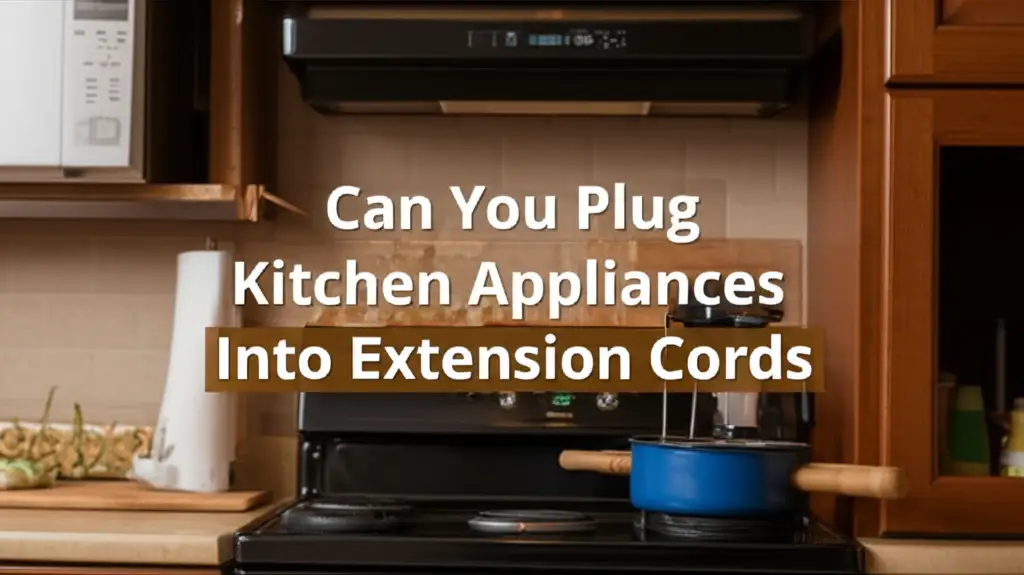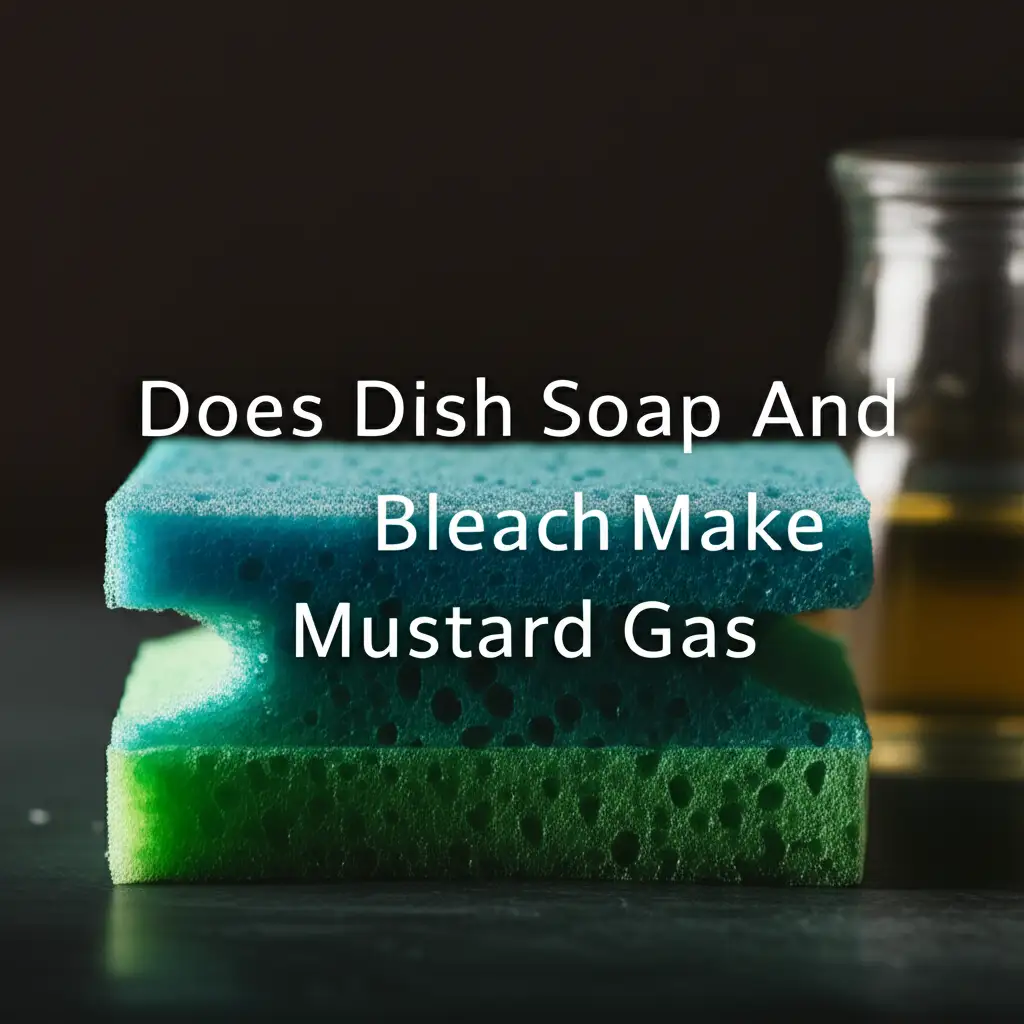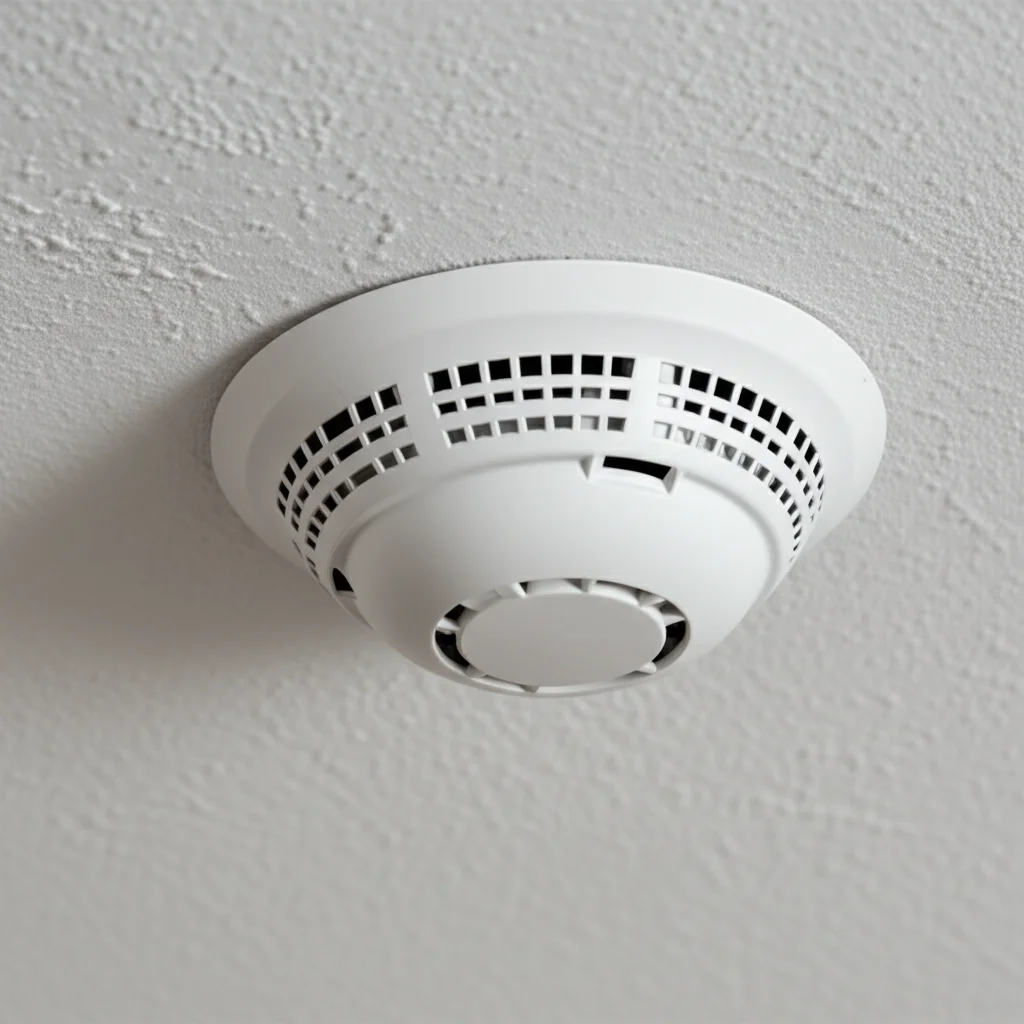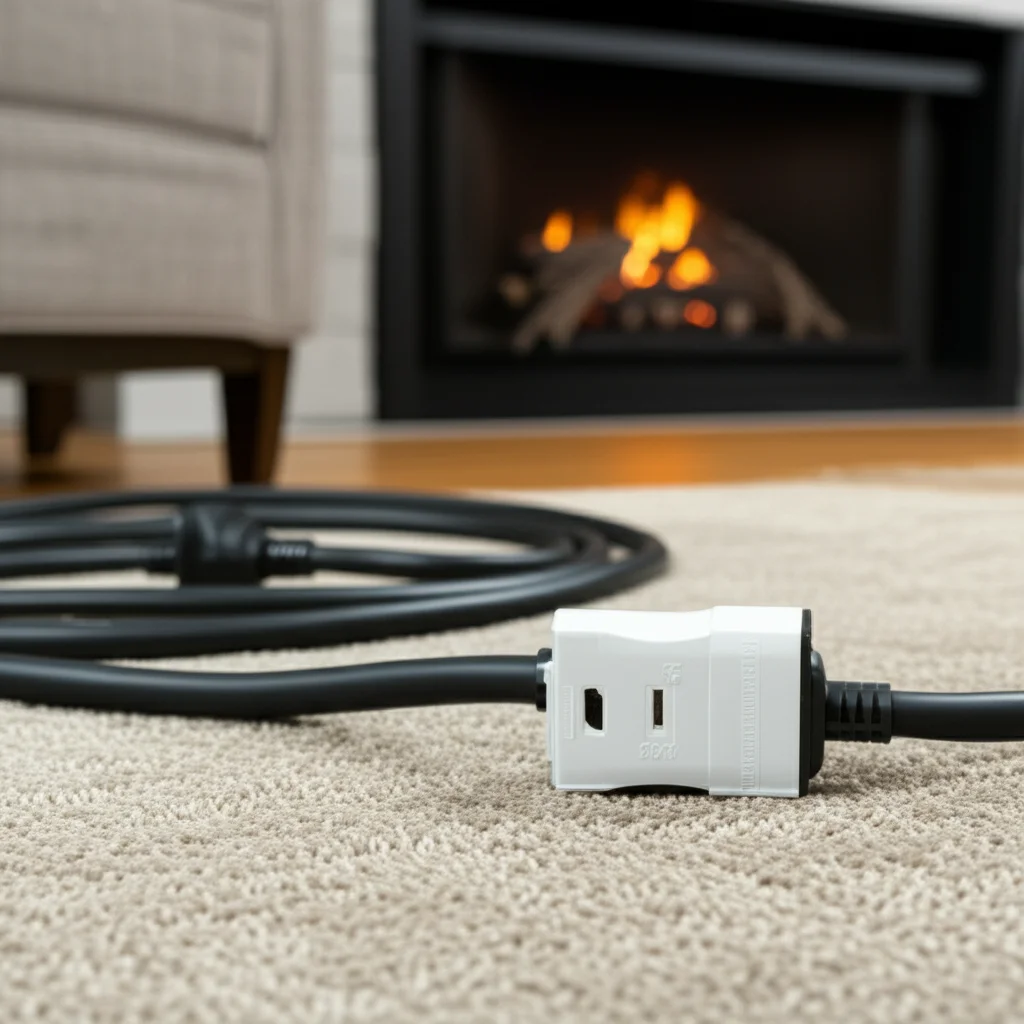· Todd Martin · Home Safety · 19 min read
Can I Leave My Electric Oven On All Night
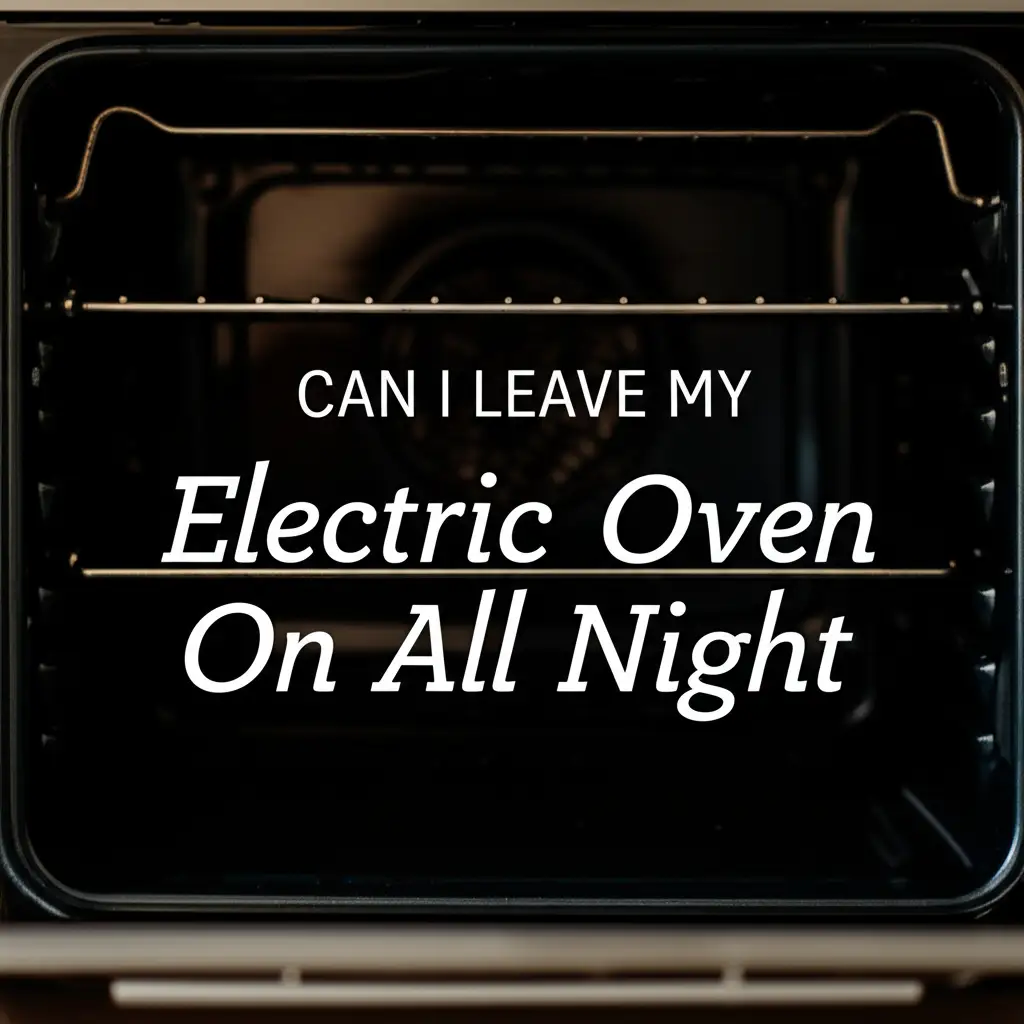
Is It Safe to Leave Your Electric Oven On All Night?
Imagine preparing a hearty stew or a tender roast. You might think about letting it slow cook overnight in your electric oven. This thought often brings up a big question: “Can I leave my electric oven on all night?” Many people wonder about the safety, the energy use, and the practical implications of such a decision. It is a common query, especially for those who love convenient cooking methods or need to keep food warm for extended periods.
Leaving any appliance unattended for a long time carries risks. An electric oven, while generally safe when used correctly, is no exception. This article explores the various factors involved in leaving your electric oven on all night. We will discuss safety concerns, the impact on your energy bill, and alternative cooking methods. You will learn about modern oven features, proper maintenance, and signs that your oven needs attention. My goal is to give you clear information. This helps you make informed choices about your kitchen safety and appliance use.
Takeaway: Your Electric Oven and Overnight Use
- Generally Not Recommended: It is best not to leave an electric oven on overnight due to potential safety risks.
- Fire Hazard: Electrical faults, accumulated grease, or nearby combustibles can lead to fires.
- Energy Consumption: Leaving the oven on consumes a significant amount of electricity, increasing your utility bill.
- Modern Features Help, But Are Not Foolproof: Newer ovens have safety features like auto-shutoff, but they do not eliminate all risks.
- Consider Alternatives: Slow cookers or pressure cookers are safer, more energy-efficient options for long cooking times.
You should not leave your electric oven on all night. This practice significantly increases the risk of fire and wastes energy. Modern electric ovens are designed for safety, but no appliance is foolproof. Prioritize safety by monitoring your oven or using alternative cooking methods for long durations.
Understanding the Risks of Leaving an Electric Oven On Overnight
Leaving an electric oven on throughout the night presents several clear hazards. The primary concern is the risk of fire. While electric ovens do not use gas, they can still cause fires in specific situations. Electrical faults within the oven’s wiring or heating elements can generate excessive heat. This heat may ignite nearby materials. Even a small malfunction can escalate into a serious issue when left unattended for hours.
Grease buildup inside the oven is another significant risk factor. When food cooks, grease and food particles can accumulate on the oven’s interior surfaces. If the oven stays on for an extended period, especially at high temperatures, this grease can ignite. A grease fire spreads quickly and is difficult to extinguish. Regular cleaning helps reduce this risk, but it does not eliminate it entirely when the oven operates for many hours.
Furthermore, any combustible items left too close to the oven pose a danger. This includes dish towels, paper, or even plastic containers. The prolonged heat from an operating oven, even from a distance, can cause these materials to overheat and catch fire. This risk exists even if you believe your kitchen is clear. An unforeseen shift or a forgotten item can turn into a serious hazard. Understanding these dangers helps you make safer choices about appliance use.
Electrical Malfunctions and Overheating Components
Electric ovens rely on complex electrical systems to function. Heating elements, thermostats, and wiring work together to maintain temperature. Over time, these components can wear out or develop defects. A faulty heating element might overheat, or a loose wire could spark. If an electric oven runs for many hours, the chance of such a malfunction increases. The continuous operation puts stress on the electrical system.
This sustained stress can lead to components overheating beyond their normal operating limits. While ovens have thermal cut-offs, these safety mechanisms can fail or degrade with age. An overheated component might melt surrounding insulation. This can create a direct electrical short or ignite internal materials. You might not notice these issues if the oven operates while you are sleeping. This lack of immediate detection turns a minor fault into a major fire hazard.
It is important to remember that electric ovens do not produce carbon monoxide. This is a common concern with gas appliances. However, electric ovens can emit smoke or fumes if internal components burn or melt. This smoke can be toxic. For more information on potential fire hazards, you can read about can an electric oven catch fire if left on. It is crucial to be aware of all risks when leaving an appliance unattended. You can also learn more about general safety by reading can you leave electric oven on when not home.
Electric Oven Safety Features and Limitations
Modern electric ovens come with a range of built-in safety features. These features are designed to prevent accidents and ensure safer operation. One common feature is an automatic shut-off timer. This allows you to set a specific cooking duration. Once the time runs out, the oven turns off automatically. This feature is useful for recipes that require precise cooking times and helps prevent accidental prolonged operation.
Another important safety component is the temperature sensor and thermostat. These parts work together to maintain the set temperature within the oven. They prevent the oven from overheating by cycling the heating elements on and off. If the temperature rises too high, a thermal cut-off mechanism may activate. This system completely shuts down the oven to prevent damage or fire. These features provide a layer of protection.
However, these safety features have limitations. They are not foolproof and can fail over time due to wear and tear. Older oven models might lack some of the advanced safety mechanisms found in newer ones. Regular maintenance and proper use are essential. Relying solely on these features for overnight operation is risky. Always supervise your appliances. Knowing when your oven might be experiencing issues can also prevent problems. Read about how to tell if your electric oven is going out to stay informed.
The Importance of Regular Maintenance
Regular maintenance plays a crucial role in ensuring the safe operation of your electric oven. Dust, food spills, and grease can accumulate inside the oven. This buildup can interfere with heating elements or create fire hazards. A clean oven operates more efficiently and safely. Over time, components like heating elements, thermostats, and wiring can degrade. Small cracks, frayed wires, or loose connections might develop.
Inspecting your oven periodically for any signs of wear or damage is important. Look for unusual smells, visible damage, or inconsistent heating. These signs can indicate a potential malfunction. Addressing these issues promptly prevents them from becoming serious problems. You can consult your oven’s manual for specific maintenance guidelines. Consider professional servicing if you notice any major issues.
Proper maintenance also involves understanding how to clean your oven effectively. A dirty oven is not just unhygienic; it is a fire risk. Grease and food debris can ignite when exposed to high heat for long periods. Regular cleaning reduces this risk significantly. Learning how to clean electric oven helps you keep your appliance in top condition. This diligence helps ensure your oven operates safely, especially if you consider extended use.
The Impact on Your Energy Bill: Energy Consumption Explained
Leaving an electric oven on all night has a significant impact on your energy bill. Electric ovens are one of the most energy-intensive appliances in your home. They require a large amount of electricity to generate and maintain high temperatures. Running an oven for eight or more hours continuously will consume a substantial amount of power. This leads to a noticeable increase in your monthly utility costs.
The exact cost depends on your oven’s wattage and your local electricity rates. A typical electric oven uses between 2,000 and 5,000 watts. Running it at 3,000 watts for eight hours consumes 24 kilowatt-hours (kWh) of electricity. If your electricity costs $0.15 per kWh, that single overnight use could add $3.60 to your bill. While this might seem small for one night, repeated use adds up quickly over a month or year.
This consistent energy draw also contributes to your household’s carbon footprint. Reducing unnecessary energy consumption helps both your wallet and the environment. Consider whether the convenience of overnight cooking outweighs these financial and environmental costs. Using an electric oven to heat your house, for example, is very inefficient. This shows how costly extended, inappropriate use can be. Learn more about it here: can I use my electric oven to heat my house.
Factors Affecting Oven Energy Use
Several factors influence how much electricity your electric oven consumes. The oven’s insulation quality plays a role; better insulation means less heat escapes, so the oven needs less energy to maintain temperature. Older ovens often have poorer insulation, making them less energy-efficient. This means they will consume more power over a long period.
The temperature setting also affects energy consumption. Higher temperatures require more electricity. If you are slow cooking at a low temperature, the energy use might be less than roasting at a high temperature. However, even low settings over many hours add up. The frequency of opening the oven door also impacts energy use. Each time you open the door, hot air escapes, and the oven needs to work harder to reheat the interior.
Finally, the age and condition of your oven matter. An aging oven with worn-out seals or a failing thermostat might be less efficient. It might struggle to maintain temperature, causing it to draw more power than necessary. Regular maintenance helps keep your oven running efficiently. Neglecting maintenance can lead to higher energy bills and potential safety issues.
When Unattended Operation Might Seem Necessary (and Alternatives)
Some cooking methods appear to require long periods of unattended oven use. Slow cooking is a prime example. Recipes for large roasts, stews, or pulled pork often call for many hours of low-temperature cooking. People might think of starting these dishes in the evening and letting the oven work overnight. This way, the meal is ready by morning or early afternoon the next day. The appeal is clear: convenience and tenderness.
Another scenario involves keeping food warm for an extended time. During large gatherings or events, you might want to keep dishes warm for several hours. Using the oven on its lowest setting might seem like an easy solution. This ensures food stays palatable without drying out or getting cold. While these situations highlight the desire for long-duration appliance use, they are not without risk.
The key is to find safer alternatives that achieve similar results. For slow cooking, purpose-built appliances are the best choice. They are designed for extended, low-temperature operation. This eliminates the need to leave your main oven on overnight. Choosing the right tool for the job significantly reduces risk.
Safer Alternatives for Long-Duration Cooking
Instead of an electric oven, consider using a slow cooker or Crock-Pot for overnight meals. These appliances are specifically designed for long, low-temperature cooking. They use much less energy than a full-sized oven. Slow cookers have insulated crocks and precise temperature controls. This makes them inherently safer for unattended operation. Many models also have automatic keep-warm settings once the cooking cycle finishes. This provides convenience without the high risks.
Pressure cookers offer another efficient alternative. While they do not provide “overnight” cooking, they dramatically reduce cooking times for tough cuts of meat or beans. This means you can prepare dishes much faster. You can achieve tender results in a fraction of the time. This eliminates the need for extended oven use.
For keeping food warm, consider a warming drawer, chafing dishes, or even a slow cooker on a “keep warm” setting. These options are much more energy-efficient and safer than using an entire oven. For specific low-temperature, long-duration tasks like making jerky, there are specialized guides. You can explore how to make beef jerky in an electric oven to see how those are handled safely. These dedicated methods reduce risk and give you peace of mind.
Best Practices for Safe Electric Oven Use
Ensuring safety when using your electric oven is paramount. You can take several simple steps to reduce risks, especially if you use the oven for extended periods. Always be present and awake when the oven is operating. This allows you to quickly respond to any unusual smells, sounds, or visible issues. Never leave your home or go to sleep while the oven is on.
Keep the area around your oven clear of all combustible materials. This includes dish towels, paper towels, cookbooks, or plastic bags. Even a small item too close to the oven’s vents can pose a fire hazard. Ensure there is adequate clearance between the oven and surrounding cabinetry or walls. This allows for proper heat dissipation.
Regularly inspect your oven for any signs of damage or malfunction. Check the door seal for wear, as a faulty seal can cause heat to escape. Look for frayed power cords or unusual discoloration on heating elements. If you notice anything unusual, have a qualified technician inspect your oven before further use. Your proactive approach to safety makes a big difference.
Maintaining a Clean Oven and Installing Smoke Detectors
A clean oven is a safer oven. Grease and food spills inside the oven are common causes of kitchen fires. These residues can ignite when exposed to high temperatures for a long time. Regularly cleaning your oven prevents this dangerous buildup. Follow your oven’s cleaning instructions, whether it involves a self-clean cycle or manual scrubbing. Focus on removing baked-on grease from the bottom, sides, and heating elements. You can learn more about specific cleaning techniques, such as how to clean electric oven or how to clean bottom of oven, to maintain a safe kitchen environment.
Installing and maintaining smoke detectors is another critical safety measure. Smoke detectors provide an early warning in case of a fire. Place them strategically throughout your home, especially near the kitchen and sleeping areas. Test your smoke detectors monthly to ensure they are working properly. Replace batteries at least once a year, or as recommended by the manufacturer.
Having a fire extinguisher readily available in the kitchen is also a good idea. Make sure it is rated for electrical fires (Class C or ABC). Know how to use it before an emergency occurs. These preventative measures significantly enhance your home’s fire safety. They provide peace of mind during oven operation.
Signs Your Electric Oven Needs Attention (and Why It Matters)
Your electric oven usually gives off warning signs when something is wrong. Paying attention to these signals can prevent major issues, including potential fires. Unusual smells are a common indicator. If you smell burning plastic, rubber, or an acrid electrical smell, turn off your oven immediately. These smells often mean internal components are overheating or melting. Do not ignore these smells.
Strange noises can also point to a problem. Clicking, buzzing, or grinding sounds during operation are not normal. A buzzing sound might indicate an electrical issue. A clicking sound could signal a problem with the thermostat or relay. If you hear such noises, especially when the oven is supposed to be running quietly, it is time for an inspection. These sounds suggest parts are struggling or failing.
Inconsistent heating is another red flag. If your food burns on the bottom while the top is undercooked, or vice versa, the oven’s heating elements or thermostat might be faulty. This also applies if the oven struggles to reach or maintain the set temperature. This issue not only ruins food but also indicates a potential safety hazard. An oven that does not regulate temperature correctly can overheat. You can find more information about why your oven might be burning food at the bottom by reading why does my electric oven burn the bottom of everything.
Addressing Oven Malfunctions Promptly
If your electric oven trips a circuit breaker frequently, this is a serious sign of an electrical problem. A circuit breaker trips to prevent overcurrent, which can lead to overheating and fire. Consistent tripping means your oven is drawing too much power or has an internal short. This requires immediate professional attention. Do not keep resetting the breaker without investigating the cause.
Visible signs of damage, like a cracked oven door, broken heating elements, or charred wiring, also demand prompt action. These issues can compromise the oven’s safety features and operational integrity. A cracked door can cause heat to escape, potentially igniting surrounding materials. A broken heating element might spark or overheat.
Addressing these signs quickly is crucial. Ignoring them increases the risk of fire, electric shock, or further appliance damage. A malfunctioning oven is less efficient, costing you more in energy bills. More importantly, it compromises your safety. When in doubt, consult a qualified appliance technician. They can diagnose the problem and perform necessary repairs. Knowing how to tell if your electric oven is going out helps you act swiftly.
Comparing Electric Ovens to Other Appliances for Long-Duration Tasks
Understanding the design purpose of various kitchen appliances helps you make safer choices. Electric ovens are excellent for baking, roasting, and broiling at specific temperatures. They are built for relatively short to medium cooking durations, typically a few hours at most. While they can run longer, it is not their primary design function for unattended, continuous operation. Their heating elements are powerful, drawing significant current.
Gas ovens, on the other hand, use a flame to generate heat. They have different safety considerations, such as the risk of gas leaks or carbon monoxide. However, like electric ovens, they are not generally recommended for unattended overnight use. Both types of full-sized ovens are powerful kitchen tools. They are best used when someone is awake and present in the home.
Comparing ovens to specialized appliances like slow cookers highlights their differences. Slow cookers are designed to operate safely for many hours, often overnight, at very low temperatures. They use minimal electricity and are built with safety features specific to long-duration cooking. Their enclosed design and low heat output make them ideal for unattended slow cooking. This contrasts sharply with the high-heat, open-cavity design of an oven. It is important to know about different kitchen appliance setups, for example, can you have an electric oven and gas hob to understand their specific characteristics.
Why Purpose-Built Appliances Excel
When it comes to long cooking times, purpose-built appliances like slow cookers offer superior safety and efficiency. Slow cookers maintain a consistent low temperature, ideal for tenderizing tough cuts of meat without drying them out. They are typically much more energy-efficient than a full-sized oven. This makes them a greener and cheaper option for overnight cooking. Their simple, self-contained design minimizes the risk of fire compared to an oven.
Pressure cookers provide another alternative for speedy, tender results. They cook food under high pressure, drastically reducing cooking times. This means you can achieve slow-cooked results in a fraction of the time, often in less than an hour. You eliminate the need for an overnight cooking process entirely.
Warming drawers or portable hot plates are also safer for keeping food warm for a few hours. These devices use significantly less power than an oven. They are designed for maintaining temperature, not active cooking. Choosing the right appliance for your specific cooking need enhances both safety and efficiency. Always match the tool to the task for the best and safest outcome.
FAQ Section
Is it safe to leave an electric oven on low all night?
No, it is not generally safe. Even at a low setting, an electric oven still operates at a high temperature for many hours. This prolonged operation increases the risk of electrical faults, overheating, or grease fires. It is always best to supervise your oven or use appliances designed for long, low-temperature cooking, like a slow cooker.
What happens if I forget to turn off my electric oven?
If you forget to turn off your electric oven, it will continue to operate at its set temperature. This significantly increases electricity consumption and the risk of fire. Modern ovens might have automatic shut-off features after a certain number of hours, but these are not foolproof. Always check your oven after use.
How much electricity does an electric oven use overnight?
An electric oven uses a significant amount of electricity overnight. A typical oven operating for 8 hours can consume between 16 to 40 kilowatt-hours (kWh), depending on its wattage and temperature setting. This can add several dollars to your daily electricity bill, quickly accumulating over time.
Can an electric oven really start a fire?
Yes, an electric oven can start a fire. Common causes include electrical malfunctions (faulty wiring, elements), accumulation of grease and food debris that ignite, or combustible materials placed too close to the oven. While rare with proper use, the risk increases with prolonged, unattended operation.
Are newer electric ovens safer for long-term use?
Newer electric ovens often include advanced safety features like automatic shut-off timers and enhanced temperature controls. These features improve safety. However, they do not make it entirely safe to leave an oven on all night. All appliances can malfunction, and supervision remains the best safety practice.
What should I do if my oven starts smoking while in use?
If your oven starts smoking, immediately turn it off and open windows for ventilation. If the smoke is from burnt food or spills, clean the oven thoroughly once it cools down. If the smoke is acrid, smells like burning plastic, or accompanies strange noises, there may be an electrical issue. In such cases, keep the oven off and contact a qualified technician. If a fire starts, evacuate and call emergency services.
Conclusion
The question “Can I leave my electric oven on all night?” often comes from a desire for convenience in cooking. However, the answer is a clear recommendation against it. While modern electric ovens have safety features, they are not designed for continuous, unattended operation for such long periods. The risks of electrical faults, potential fires from overheating components or grease buildup, and significant energy consumption far outweigh any perceived convenience.
Prioritizing safety in your home is always the best approach. Instead of leaving your electric oven on overnight, consider purpose-built alternatives like slow cookers or pressure cookers. These appliances are designed for extended cooking times at lower temperatures. They offer a safer, more energy-efficient solution for preparing dishes that require hours of cooking.
Always remember to maintain your electric oven, keep it clean, and address any signs of malfunction promptly. Install working smoke detectors and have a fire extinguisher accessible. By taking these precautions and choosing the right appliance for the task, you ensure a safer kitchen and peace of mind. Your home and family deserve the highest level of safety. Make smart choices about your appliance use.


